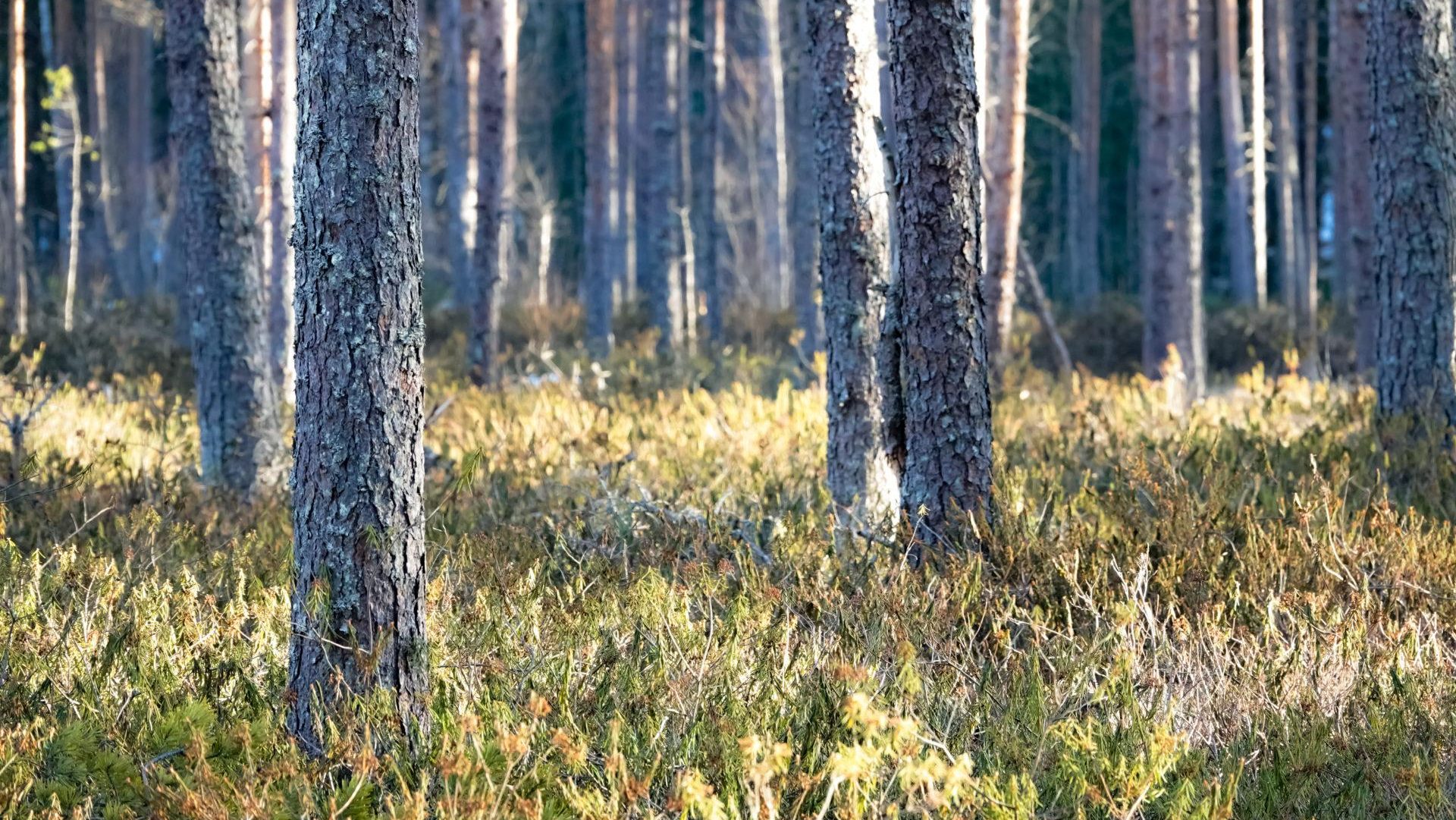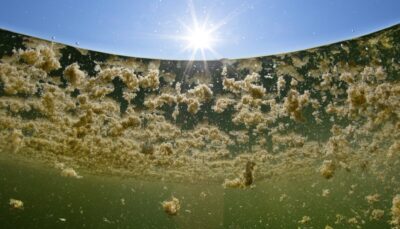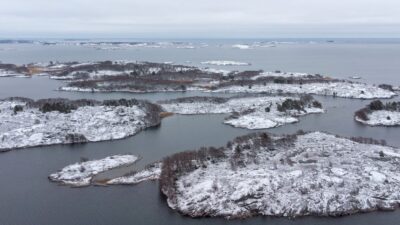Seeking to maintain the good status of the Bay of Bothnia, the John Nurminen Foundation and Metsähallitus tackle nutrient discharges from forestry

More information
Antti Karppinen
Forest environment and restoration specialist
Metsähallitus Forestry Ltd.
antti.karppinen@metsa.fi
+358 40 549 1831
Anne-Mari Rytkönen
Leading water management expert
ELY Centre of Northern Ostrobothnia
anne-mari.rytkonen@ely-keskus.fi
+358 295 083 038
Latest research has identified drained forested peatlands as one of the most important sources of discharges to waterways. Several new and efficient measures to curb discharges from forestry to waterways exist, and now is the time to deploy them. With the VALVE Forest joint project, the John Nurminen Foundation and Metsähallitus test a new operational model for water protection in the Tilanjoki catchment area in Northern Ostrobothnia, working together with the private forest owners of the region. Through cooperation and planning that covers the entire catchment area, the project seeks to boost the efficiency of water protection in forestry.
A quarter of the forests in Finland are on peatland, and in the catchment area of the Bay of Bothnia, the share of forested peatlands is even considerably larger. Ditch network maintenance and forest management on drained peatlands add to the risk of solids, humus, and eutrophicating nutrients being washed into the watercourse. By improving water protection in the silviculture of forested peatlands, we can significantly reduce the load that ends up in the watercourse.
Deploying new practices and research results
The VALVE Forest project seeks to find solutions that reduce the load from forestry with comprehensive planning, covering the entire catchment of the local watercourse. Moreover, forest owners will receive support for the water protection measures they choose to implement.
The pilot project is carried out along river Tilanjoki, which belongs to the Kiiminkijoki watercourse protected by the Natura 2000 programme. The local Rokua-Paljakka forest management association will draw up a plan for water management in forestry, covering the entire Tilanjoki catchment of roughly 4,000 hectares. The plan will utilise the latest research results on water management in forestry, bringing together the objectives of water protection and the multiple uses of forests.
Plans for the catchment area under review seek for water protection solutions and practices that forest owners can voluntarily apply to their lands. “What is certainly the most important feature of the operational model from the perspective of forest owners is that they can now receive funding for the implementation of the water protection measures of their choice”, explains Anna Saarentaus, VALVE Forest Project Manager from the John Nurminen Foundation.
“When a wide selection of state-owned multiple-use forests, protected areas, and privately owned forests are brought within the scope of water management planning right from the start, we will be able to find the water protection measures that have the greatest impact. Peatlands that are being restored, for example, can be used as wetland buffer areas, giving us a cost-efficient water protection solution”, says Saarentaus.
“The John Nurminen Foundation is well-known for operations that have successfully curbed the nutrient discharges to the Baltic Sea. For many years now, we have been active in the agricultural sector, achieving reductions in discharges e.g. in the catchment area of the River Vantaa. In forestry as well, there are new methods and planning tools we can utilize to control the load. For our part, we want to promote these methods and efficient water protection in forestry”, says Annamari Arrakoski-Engardt, CEO of the John Nurminen Foundation.
Project results and experiences can be utilised across the country
Tilanjoki is located in a forest-dominated region in Utajärvi, by the border of Northern Ostrobothnia and Kainuu. In the Tilanjoki catchment, there are large areas of drained peatland as well as nature conservation areas managed by the Parks & Wildlife business unit of Metsähallitus.
“The project is very important to Metsähallitus, since it promotes regional cooperation, and increases awareness of good water protection practices. A forest area in Northern Ostrobothnia, dominated by peatland, was selected as a model catchment area: it features multiple-use forests in commercial use by Metsähallitus, protected areas, and lands owned by private forest owners. In this region, it is possible to implement proven water protection measures in a cost-efficient manner”, says Antti Karppinen, forest environment and restoration specialist in Metsähallitus Forestry Ltd.
In addition to boosting local and regional water protection, the project will create information that the forestry sector can use in the development of an incentive system. The Finnish incentive system for forestry is currently re-directing itself from support to ditch network maintenance to larger scale planning of forestry on peatlands, and to the implementation of water protection structures.
“With project subsidies to water management in agriculture and forestry, we seek to find solutions that contribute to the water management of fields and forests in a way that is sustainable for both the environment and the climate. The VALVE Forest project will generate extremely important information on and experiences of how landowners can be encouraged to participate in water management planning across property borders. The experiences gathered from Tilanjoki will be utilized across the country”, says leading water management expert Anne-Mari Rytkönen from the Northern Ostrobothnia Centre for Economic Development, Transport and the Environment.
The VALVE Forest project seeks to find cost-efficient, discharge-reducing solutions and practices for water protection in peatland forestry through catchment area planning and the cooperation of forest owners. The project is implemented by the John Nurminen Foundation, Metsähallitus, and the forest owners of the Tilanjoki river catchment area. The project is financed by the John Nurminen Foundation, Metsähallitus, the Ministry of Agriculture and Forestry, and the Ministry of the Environment in connection with the project subsidies for water management in agriculture and forestry. The subsidy is managed by the North Ostrobothnia Centre for Economic Development, Transport, and the Environment.



